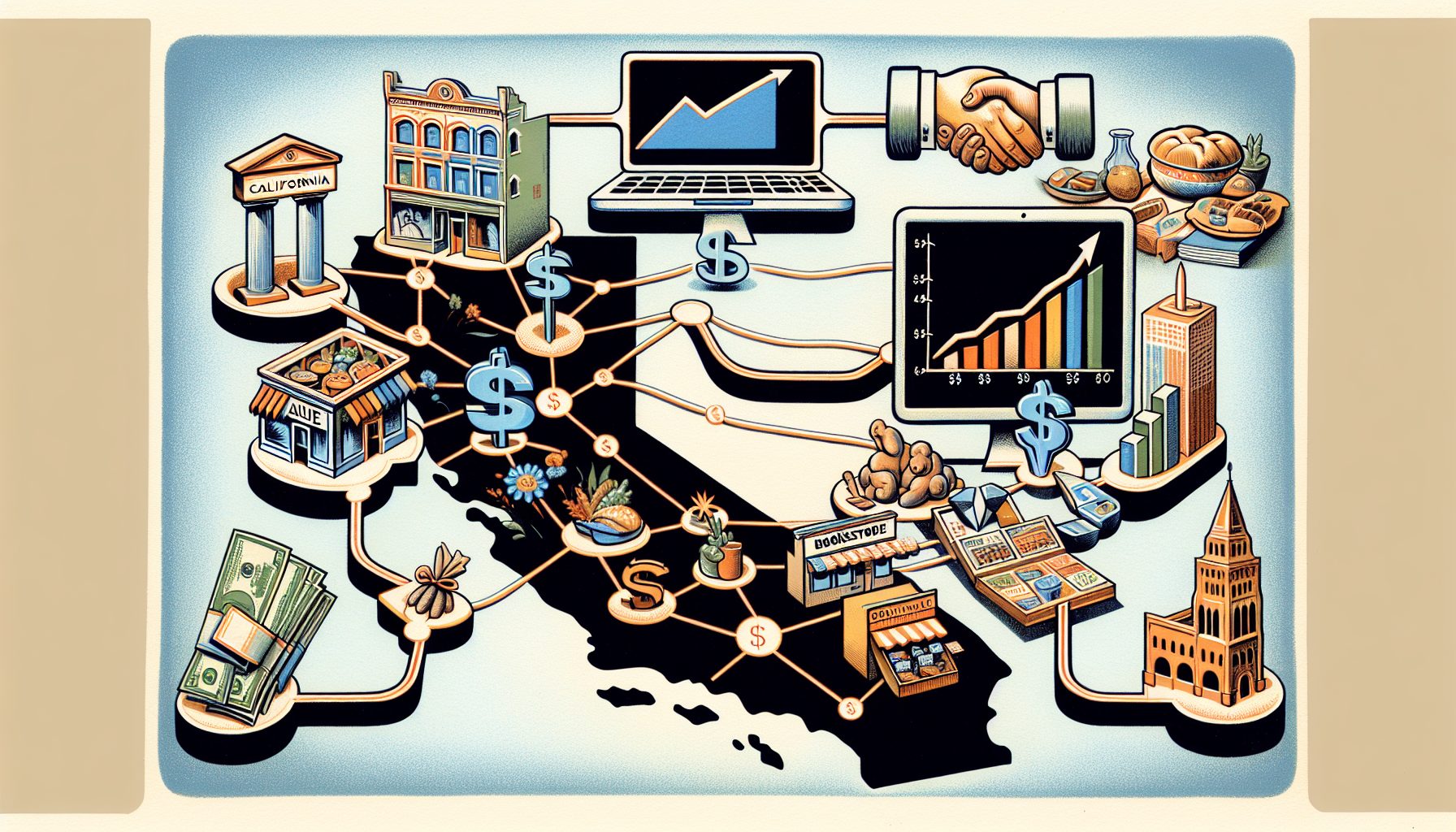Wander through any major airport, and you’re likely to witness heaping doses of anxiety and stress. Long lines, tight connections and heavy security are enough to push airport workers and the flying public into a free fall.
To deal with this problem, a few years ago, Delta Air Lines began to explore ways to make airports and flying more efficient. One technology it identified as a key component in its IT strategy was mobility. Delta—which carries 160 million passengers per year and provides service to 358 airports in 66 countries— has unleashed a spate of initiatives, including mobile boarding passes for customers, portable agent workstations (PAWs) that gate agents use to create temporary check-in counters, and handheld units that service agents rely on to provide everything from flight information to hotel vouchers.
So far, the mobility initiative is flying high, and there’s no end in sight. “The goal is to give customers options and find ways to become faster and more efficient at airports,” says Tricia Soulimiotis, general manager for passenger service, strategy, technology and alliances at Delta. “Mobile technology eliminates bottlenecks by putting data at the place it’s needed when it’s needed. It creates an alternative to long lines.”
In today’s rapidly changing business environment, Delta is hardly alone. Over the last few years, mobility has come of age. As Andrew Borg, senior research analyst for wireless and mobility at the Aberdeen Group, puts it: “The tsunami has been unleashed. The impact of mobility is enormous— and unstoppable.” Aberdeen reports that more than 98 percent of the businesses it surveys either already have mobility initiatives in place or plan to do so in the future. “It’s increasingly difficult to operate a competitive business without mobile technology,” Borg says.
Of course, organizations must balance the capabilities and promise of the technology with the realities of today’s mobile environment. The number of mobile platforms is on the rise, mobile devices procured by employees are invading the workplace, and managing the tangle of mobile technology and systems—while keeping data secure—is challenging and time-consuming. “It’s important to have a clear strategy and a well-defined plan in place,” Borg explains. “Mobility presents opportunity as well as risk.”
Getting a handle on today’s mobile environment is no simple task. The proliferation of devices (smartphones, tablets, netbooks and laptops) has left more than a few IT managers reeling. Aberdeen reports that the number of mobile operating systems has risen from three to nine in the last few years. What’s more, as the mobile landscape evolves, security is emerging as a core concern—particularly as data crosses company lines and inhabits employees’ personal devices.
It’s no secret that some organizations have taken a deer-inthe- headlights approach and have severely limited the types of mobile and wireless devices that their employees can use. However, resisting mobile adoption is becoming more difficult, and it’s often counterproductive. Dan Shey, practice director, Enterprise group at ABI Research, says that the consumerization of IT is “inevitable,” and organizations must find ways to accommodate workers and customers by supporting multiple devices—all while maintaining control over the environment.
What’s more, a holistic strategy is crucial. Organizations can’t afford to view employee, partner and consumer-facing mobile offerings as separate entities. It’s important to link initiatives and understand how they affect each other. This integrated approach also allows an organization to create greater synergy—and results.








